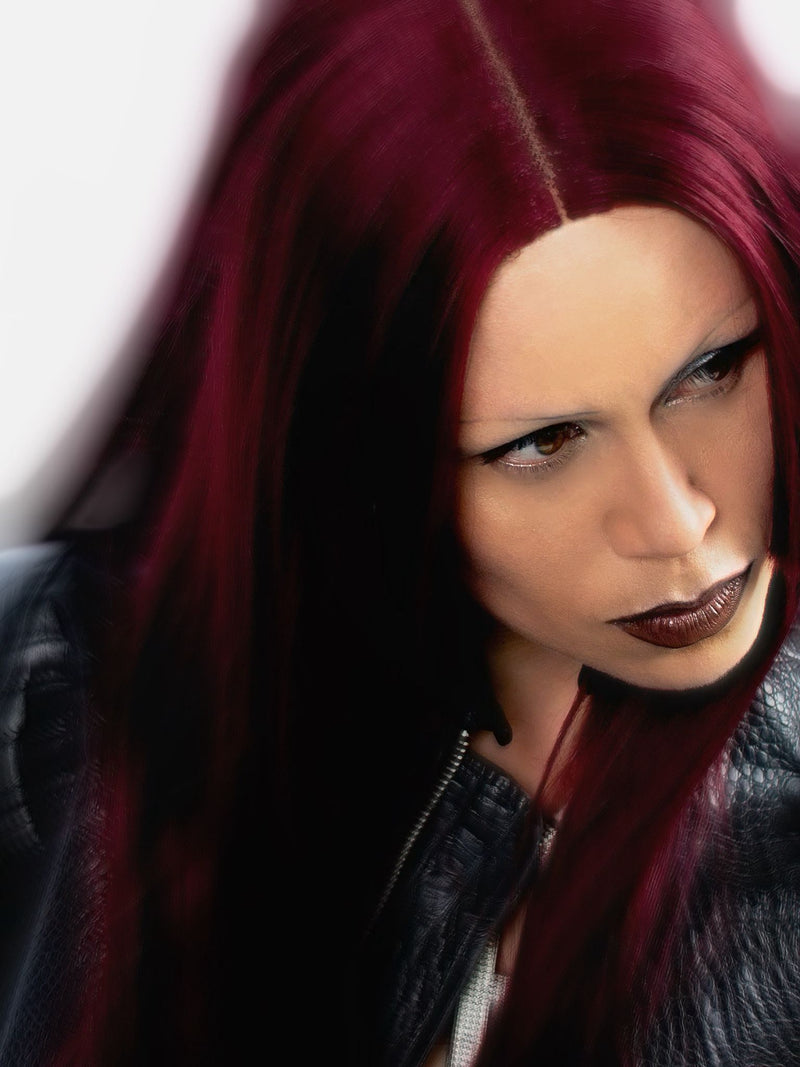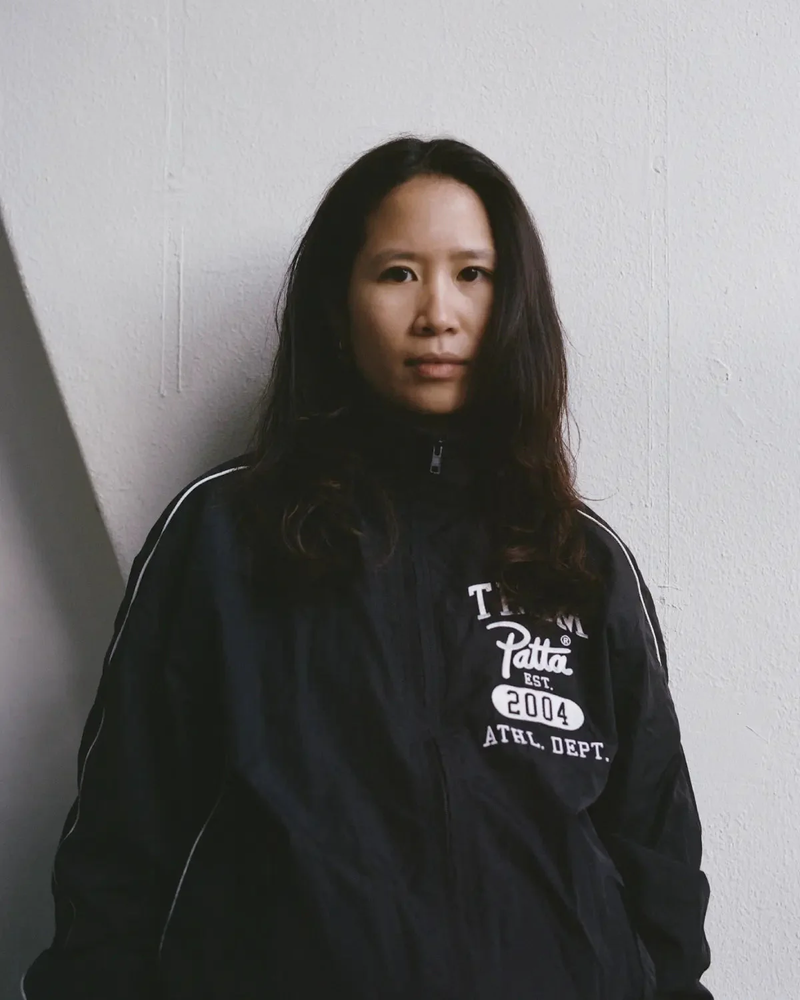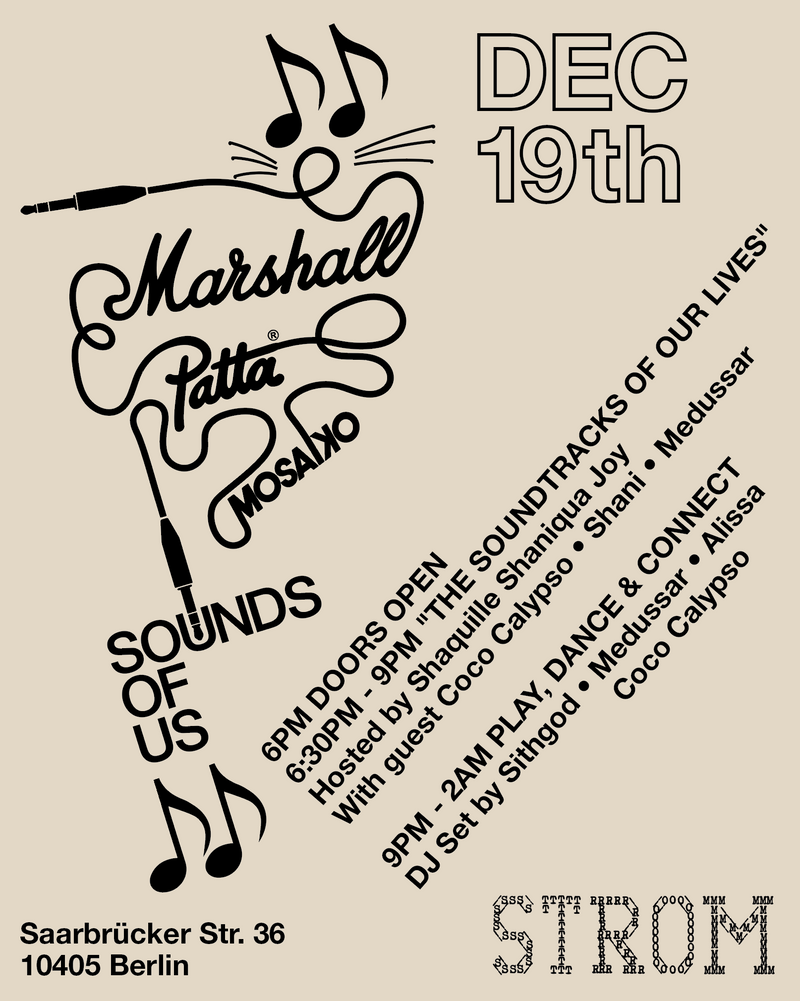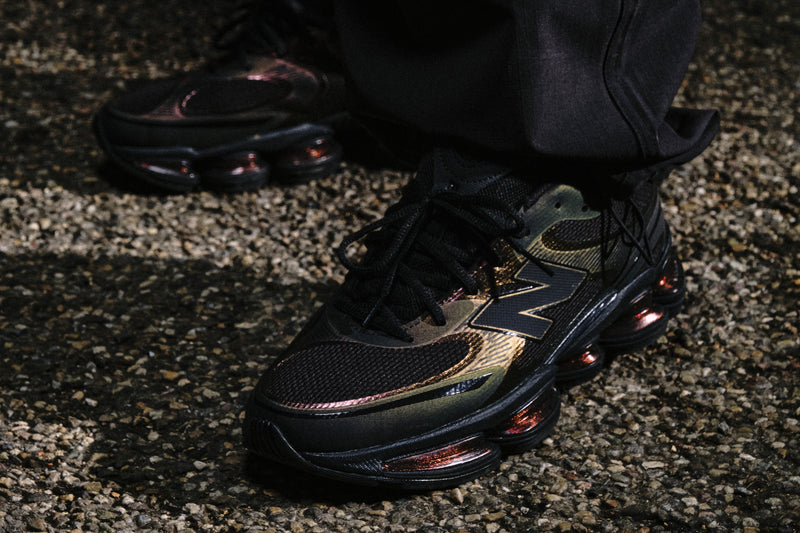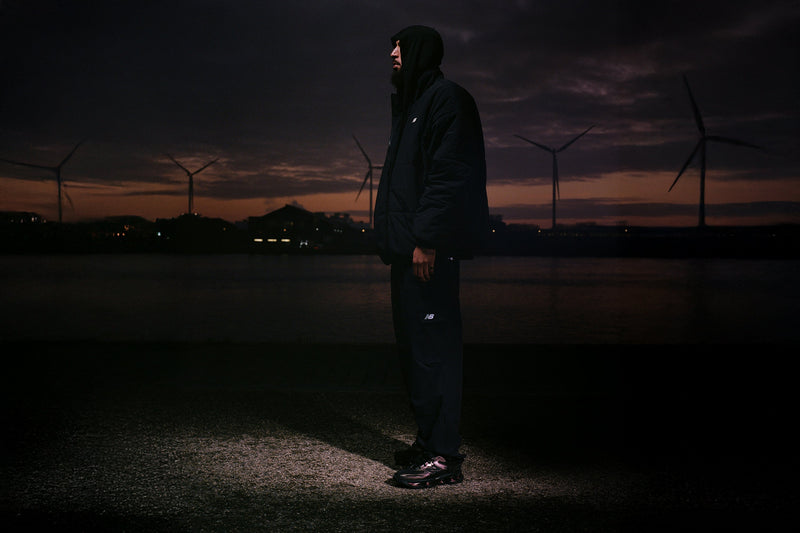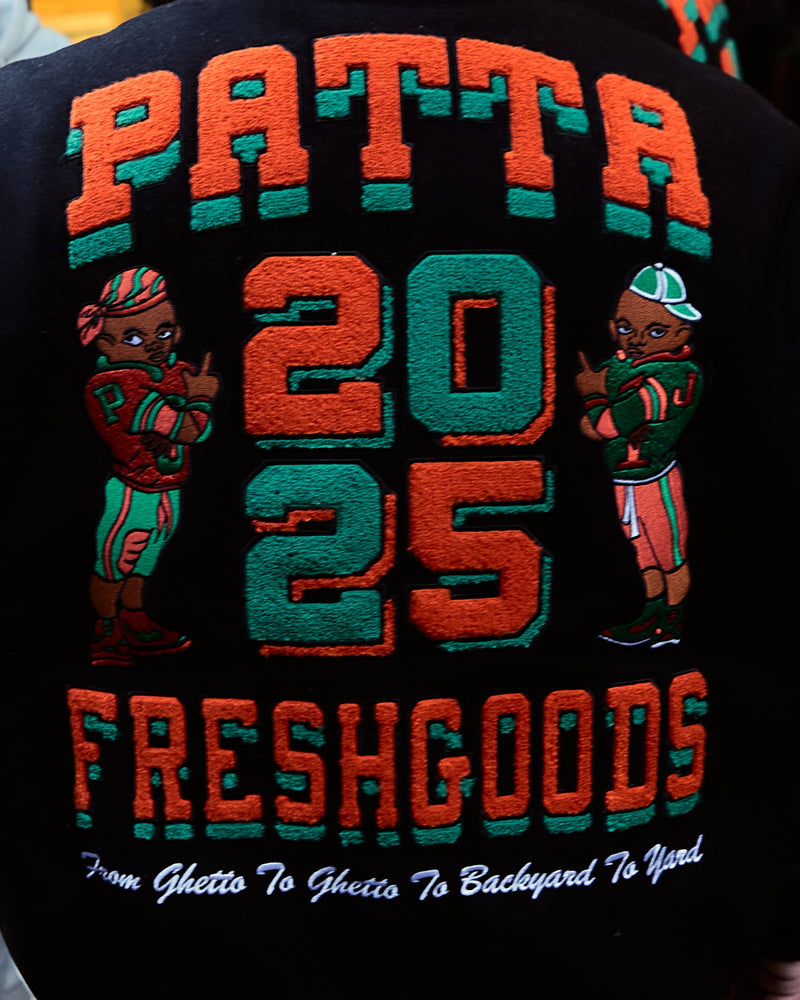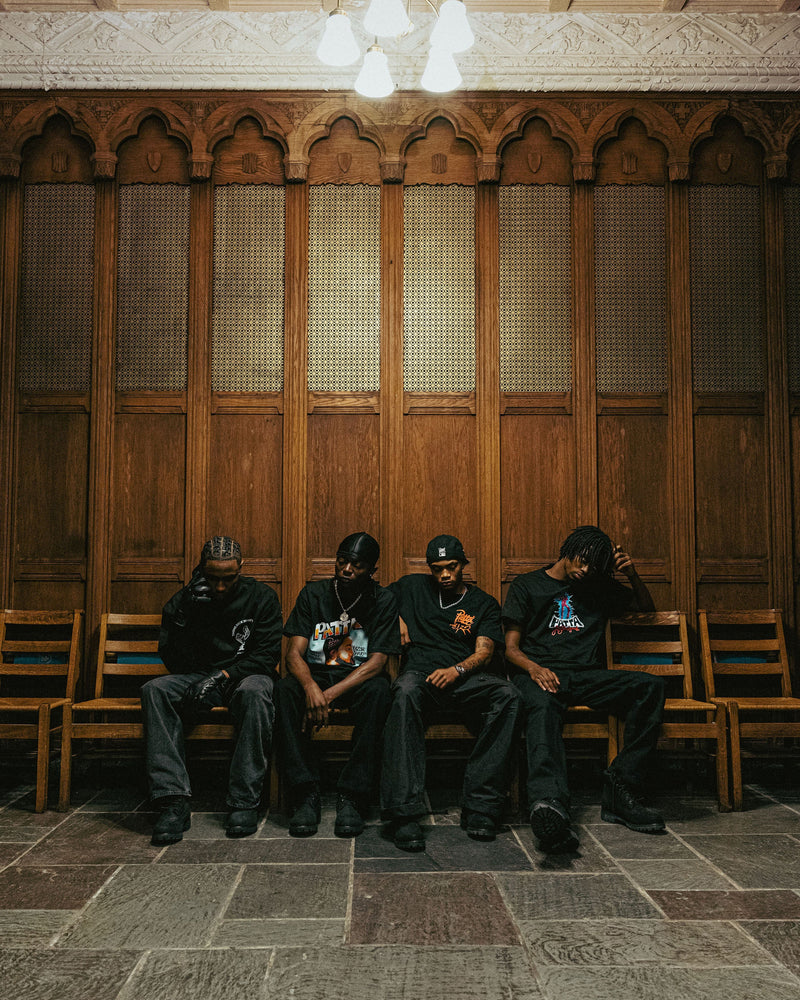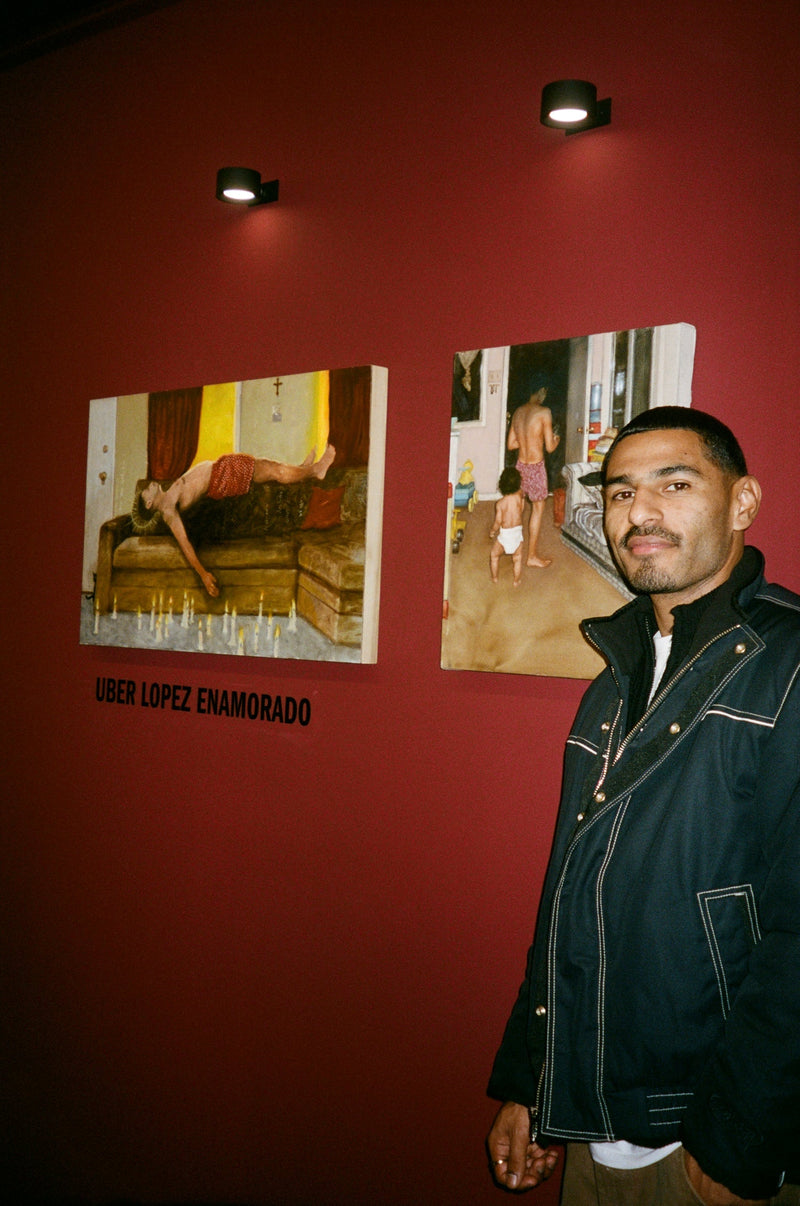
Get Familiar: ESG
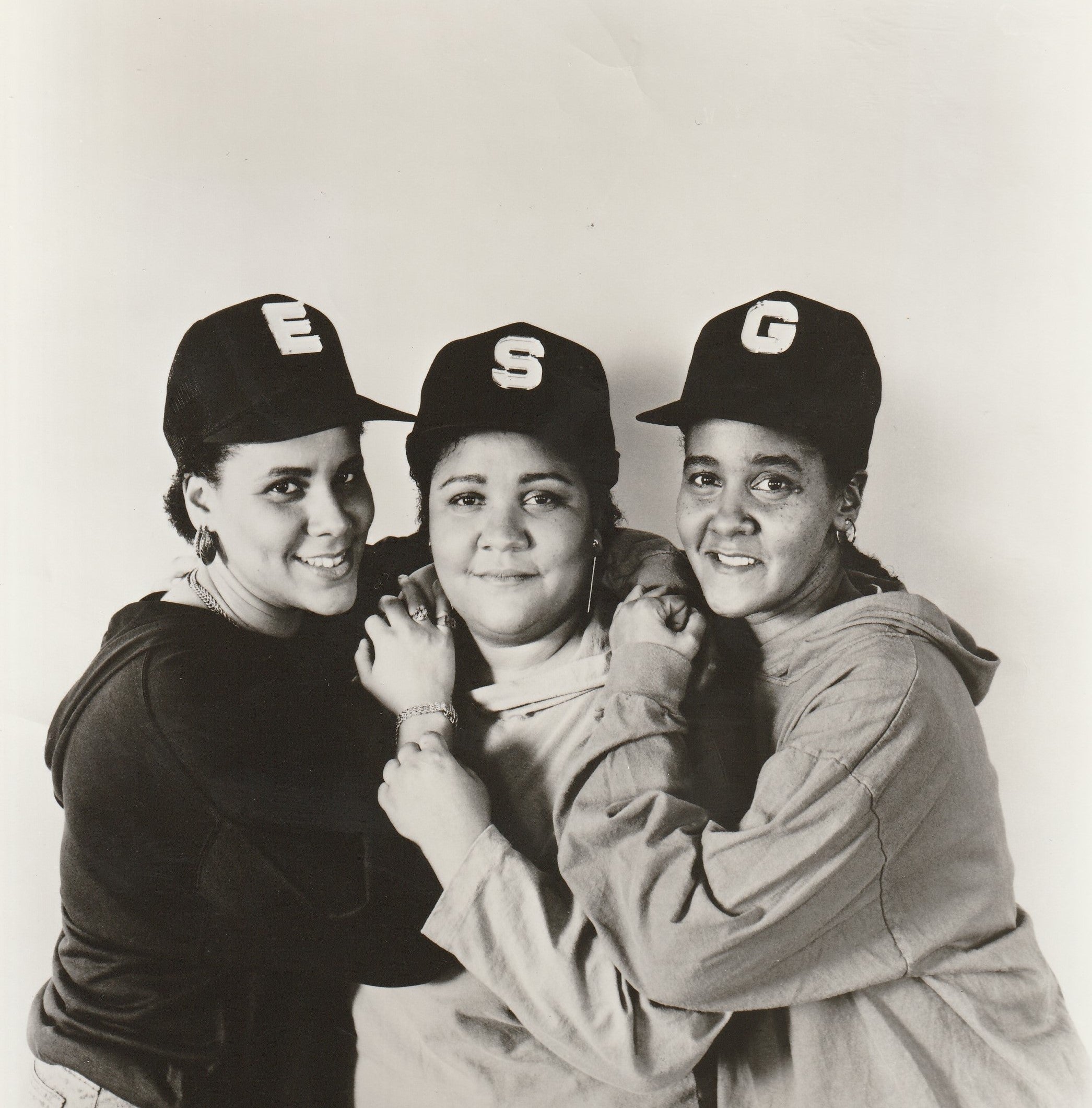
Interview by Passion Dzenga
Few bands can claim to have shaped music history while defying every neat genre label, but ESG has been doing exactly that for over four decades. Formed in the South Bronx by the Scroggins sisters — Renee, Valerie, Deborah, and Marie — along with their friend Tito Libran, ESG took their name from three precious elements: emerald, sapphire, and gold. With their stripped-down blend of funk, punk, hip-hop, and Latin rhythms, they forged a sound so distinctive that LCD Soundsystem’s James Murphy once called it “irreducible.”
Discovered by 99 Records’ Ed Bahlman at a local talent show, ESG quickly caught the attention of the owner of Manchester’s infamous Hacienda nightclub and Factory Records, Tony Wilson, after a Manhattan club gig. Within days, they were recording with producer Martin Hannett, creating tracks like “Moody,” “You’re No Good,” and the now-legendary “UFO” — a song that would become one of the most sampled in music history. From the Beastie Boys to Wu-Tang Clan, TLC to MF Doom, generations of artists have built upon ESG’s minimal, bass-driven grooves.
Over the years, the group has released influential EPs and albums, taken their music around the world, and kept it all in the family — with Renee’s children now joining the lineup. Their work has been praised by critics, revered by musicians across genres, and celebrated by fans who know that ESG’s music isn’t just to be listened to — it’s to be felt, moved to, and danced to.
Few bands embody the raw intersection of funk, punk, and Latin rhythm quite like ESG. Emerging from the South Bronx in the late 1970s, the Scroggins sisters carved out an inimitable sound. As the band approaches its 49th year — and its final European show at Skatecafé in Amsterdam at VOID — founding member Renee Scroggins reflects on ESG’s beginnings, their impact, and the lessons she’s carrying into retirement and passing on to the next generation.

It’s very exciting that you’re coming back to Amsterdam to play in Europe once again. ESG began as a family affair, and it still is. Can you share a little bit about what those earliest jam sessions were like?
Well, we were learning, so it wasn’t the greatest thing at first. But as time went on, it got better and better. We weren’t just freestyling — from the beginning, we had the intention of being a band. We were going to do this together.
The name ESG comes from Emerald, Sapphire, and Gold. Why did you choose it, and did you have any idea it would become so iconic?
No, actually, my mother chose the name for us. Emerald was my sister Valerie’s birth sign, Sapphire is mine, and Gold… well, we wanted to get gold records. Manifesting greatness, I guess.
It sounds like ESG has always been a matriarchy at its core. When you started out, were there many female-led bands you could look up to, or were you creating a path of your own?
One group that really inspired me was Labelle—Patti LaBelle, Nona Hendryx, and Sarah Dash. They blended funk and rock in a way that blew my mind. Seeing women do that made me believe it was possible for us too. Beyond that, I was influenced by all sorts of artists—from the Supremes in Motown, who taught me the power of harmony, to Queen, who always had funk hidden in their rock songs. Inspiration comes from everywhere, but at the end of the day, you take those feelings and make them your own.
Not long after, you were discovered at a talent show. How did that change your trajectory as a group?
It definitely took us into a whole different atmosphere. We were coming from the South Bronx, where we were used to funk, Latin music, and gospel, and suddenly we were thrown into Manhattan’s punk scene. It was a shock — a whole other world.
Can you explain what the South Bronx was like back then compared to the downtown scene?
In the early ’70s, the Bronx was really a mess — gangs, drugs, violence. My mom didn’t want us hanging out in the streets. We stayed inside watching Don Kirshner’s Rock Concert and Soul on PBS, saying, “Yeah, we can do that.” Meanwhile, through our windows on the 13th floor, we’d hear Latin gentlemen in the park playing congas, timbales, cowbells, even Coca-Cola bottles. That sound came through every night. Growing up in the Bronx, Latin music was everywhere—you could hear it outside your window. But I also loved artists like Celia Cruz, Willie Colón, Eddie Palmieri, and later Marc Anthony. Even today, I enjoy Enrique Iglesias. Latin rhythms—the congas, the timbales—have always inspired me. It’s beautiful to see Latin music at the forefront of pop culture now. Add my mom blasting James Brown records — breaking the music down to raw funk and drums — and you get the foundation of ESG. We took James Brown’s breakdowns and made them the whole song.
Beyond James Brown and Latin rhythms, what else shaped ESG?
It was everything — James Brown funk, salsa rhythms, but also the songs from Queen and Led Zeppelin we heard on TV. We wanted the funky parts of all of it. Later, when Ed Bahlman brought us into 99 Records, that became our home base. Ed was one of the talent show judges, asked to manage us unofficially. He invited us down to 99 Records. It became a meeting space — lots of music around — and where we built that connection with Ed. We built a community with other bands like Liquid Liquid, Bush Tetras and Glenn Branca. The Bush Tetras were really cool. They’d loan us amps when we didn’t have much. There was a lot of camaraderie, helping each other out.

And visually, you had the artwork from Gina Franklyn. Did you collaborate closely with her?
Not really — she was Ed’s partner at 99 Records. The design was presented to us, but it reflected our colours, the emerald, the sapphire and the gold, so we were satisfied.
Back in the beginning, you worked with producer Martin Hannett. He was known for creating atmosphere in sound. Do you think that’s what he brought to ESG, or did you already have it?
We already had our sound. Martin didn’t really change it much—he just magnified what was already there. He added a few touches, but mostly he let us be ourselves. I even hung around the studio with him and learned how the board worked. That knowledge still serves me today.
So who handles the production now? Is it all in-house?
Yes, I do it myself now. Of course, sometimes I wish I had the budget to go into bigger studios, but those costs add up. So we make the most of what we can do at home, and we always aim to get the best sound possible.
You speak a lot about the business side of music. Is that something you wish all artists understood before starting out?
Absolutely. This is your work, and each song is like a child. You want to protect it the same way you’d protect your kids. It’s heartbreaking to see music chopped up, stolen, or misused. That’s why it’s so important to understand your rights and protect your art.
Nearly five decades later, ESG is still going strong. What has it been like transitioning into a new lineup with your children?
This year is 48 years, next year will be 49, and then we’re retiring. People ask, “Why not 50?” but 49 is enough. Now my daughter Nicole plays bass, my son Nicholas plays percussion, and we’ve got Cat Dorsch on drums. My sister Marie still plays percussion. It’s still family. And I’ve passed lessons down — like keeping control of your publishing and masters. Business first, then art. It’s not easy, but it’s necessary.
What lessons have you passed on to your children in music?
I tell my son, who writes music, to keep control of his publishing and masters. Always make sure contracts are in place before a show. Business first, then art. That’s hard for artists, but it’s necessary.
What keeps drawing you back to making music after all these years?
It’s a combination of things. Part of it is having my family involved in the band now. But it’s also knowing that we’re still creating original music. We’re not borrowing or copying—we’re writing fresh material that I know will eventually be sampled by future generations. Making music still brings me joy, and I believe when that joy disappears, that’s when you stop.
One track, “UFO,” became one of the most sampled songs of all time. Did you have any sense of that when you recorded it?
Not at all. Martin Hannett asked if we had a three-minute song because there were three minutes left on the tape. My family hated it — I loved it. It became our most sampled track. At first, I didn’t like it, especially when rappers were saying negative things about women, and we weren’t getting paid. I was working regular jobs to feed my kids, while people were sampling our music and making money. Eventually, sampling laws changed, and that helped. I can always tell it’s UFO. That sound is unmistakable. I mean, the funny thing is that we didn't know how to tune our instruments at that time. These are notes that don't even exist on the music scale. So, yeah, I can tell that thing anywhere.
I wrote UFO because at the time I had just finished watching “Close Encounters of the Third Kind" and “Star Wars”. So I was thinking about space and aliens. You know, people are going to do what they do, you know, whether you like it or not. So, you learn to go with the flow, become a part of the system, and deal with it. It doesn't make it right, but that's just how it is.
You even titled your 1992 record “Sample Credits Don’t Pay the Bills”. That was a bold statement.
It was real. I was still living in the projects. Everyone kept asking about these artists — but they didn’t work with me, they stole my music. That’s why we called it that.
After all these years, does it surprise you that songs written in your bedroom with your sisters are now celebrated worldwide?
Yes. I never set out to inspire the world. I just wanted to buy my mom a house. But to see people all over — in Italy, Spain, Amsterdam, Norway — dancing to what I wrote in the projects… that touches my heart.
Streaming and remix culture dominate now. Do you think artists are better or worse off today?
If you’ve got a known song, you’ll usually get paid now. But smaller artists still get ripped off. That cycle hasn’t changed.
Still, ESG’s music keeps inspiring new generations. How do you define your sound after all these years?
Dance. Always dance. No matter what decade, ESG will make you move. And we kept it simple: bass, drums, percussion, and vocals used as instruments. That’s what makes our sound.
Looking back, what moments stand out as the proudest or most unexpected?
Playing Lincoln Center recently, at an event honouring the first women to sign a major label contract, that was special. Earlier, in 1981, we played a New York club during a snowstorm — I thought no one would show up, the streets were insane, it was no easy feat pushing through that weather. However, when we got to the show, it was packed wall to wall! And of course, Japan. They didn’t speak English, but they understood the music. That’s when you realise music is a universal language. Back to James Brown, I remember that one time we were asked to open for him, and it felt very full circle for me. However, unfortunately, he passed away before the show ever took place. “Take it to the bridge”—those words inspired us. It would have been a dream come true. Still, his spirit has always been with me.
That would have been such a full-circle moment. If you could go back and meet a young Renee in the Bronx, what advice would you give her?
I’d tell her not to be afraid and to just do it. Early on, I had terrible stage fright. Then I met Billy Idol, who used to hang around us. One day he asked me, “Did you give the best show you could?” I said yes, and he told me a few things that changed my outlook forever. The very next day, I stepped on stage without fear—and I’ve never been afraid since. Meeting people like that along the way can inspire you in ways you don’t expect.
Does rehearsal play a big part in building that confidence on stage?
Rehearsal is absolutely essential. If you want to be a good artist, you need to prepare. Even then, you have to be ready for unexpected challenges—like when the soundboard goes crazy mid-show. But the more you rehearse, the more comfortable you become. For us, rehearsals are like jam sessions. We sometimes jam about three times a week. Jamming energises us and sometimes even leads to new songs.
Do you think kids growing up in the South Bronx today could still hear ESG and feel the same spark you felt back then?
Definitely. I’ve met young people who tell me that our story inspires them—to see that we came out of the projects and did something. Of course, environment shapes you, but it’s the individual who decides whether to stay stuck or to strive for something better. Hopefully, our journey inspires them to do better.
48 years of touring must have shown you so much; what do you remember about your first European shows? I just finished reading The Haçienda: How Not to Run a Club by Peter Hook. What was it like for you to be there on opening night?
We were brought in to open the club on its very first night. I still have the little sticker posters from that gig. But honestly, the place wasn’t fully ready—there was sawdust everywhere, and I remember coughing and gagging, thinking, “Wow, this isn’t good for my throat.” So when people ask me what I remember most about the Hacienda, I always say, “Sawdust.” That being said, it was still an amazing experience. It was opening night, so the place was full of dignitaries, musicians, and all sorts of people there to see this new chapter in nightlife unfold. Years later, around 2015 or 2016, I even went back for a Hacienda tribute show. Playing there again after so many decades felt surreal. On that same trip, the first time to Europe, we played for a magazine called Actual in Paris. Everywhere we went, even without speaking the same language, people connected with the music. That’s what the world needs — love, peace, and music.
And now you’re returning to Amsterdam for your final European show at VOID. How does it feel to end this chapter here?
Amsterdam has always held a special place in our hearts. The people dance, and the energy is positive. We were supposed to retire this year, but I’ve got contracts until June 2026. After that, I’m done. It’s not that I don’t enjoy performing — I do — but sometimes promoters make it difficult. The people at VOID, though, have been nothing but wonderful. The club is great, the people are professional, and I know the fans will bring beautiful energy.
Amsterdam is ready. ESG alongside Mad Professor, Volition Immanent, and so much great talent — that’s a night to remember. What can fans expect?
A great time. Just let loose and dance. That’s what ESG has always been about.
And beyond VOID, what’s next for you?
The first show of our farewell tour is in San Francisco at the Great American Music Hall on January 30th. That’s the beginning of the end. But until then, we’re going to enjoy every last dance.
Before we wrap up, is there anything you’d like to leave with our readers?
Yes. In these times, we need to learn to love and respect one another. Forget politics for a moment—people can still choose to treat each other with kindness. Music is a universal language, and that’s what we’re bringing to you. On the business side, I want young artists to protect their work. Own your masters, own your publishing, register your songs. That way your art will take care of you in the long run. Most importantly, love what you’re doing—because if you don’t love your art, it’s not worth it.
If you’ve made it this far, you know this is one night you won’t want to miss. On September 26th, VOID takes over Skatecafé in Amsterdam to stage a festival that breaks all the rules—punk, dub, experimental, hip-hop—all in one raw, genre-bending night. With legends like ESG in their final European performance, Shawty Pimp’s Dutch debut, Mad Professor in dub mode, and Volition Immanent rocking out, it’s a lineup built for those who hunger for something real. Tickets are flying fast. If you believe in sweaty floors, heart-in-throat sets, and discovering something beyond the mainstream, this is your moment. Grab your ticket now here, bring everyone you know, and let’s make this a farewell Europe show for the books. See you on the dancefloor.

